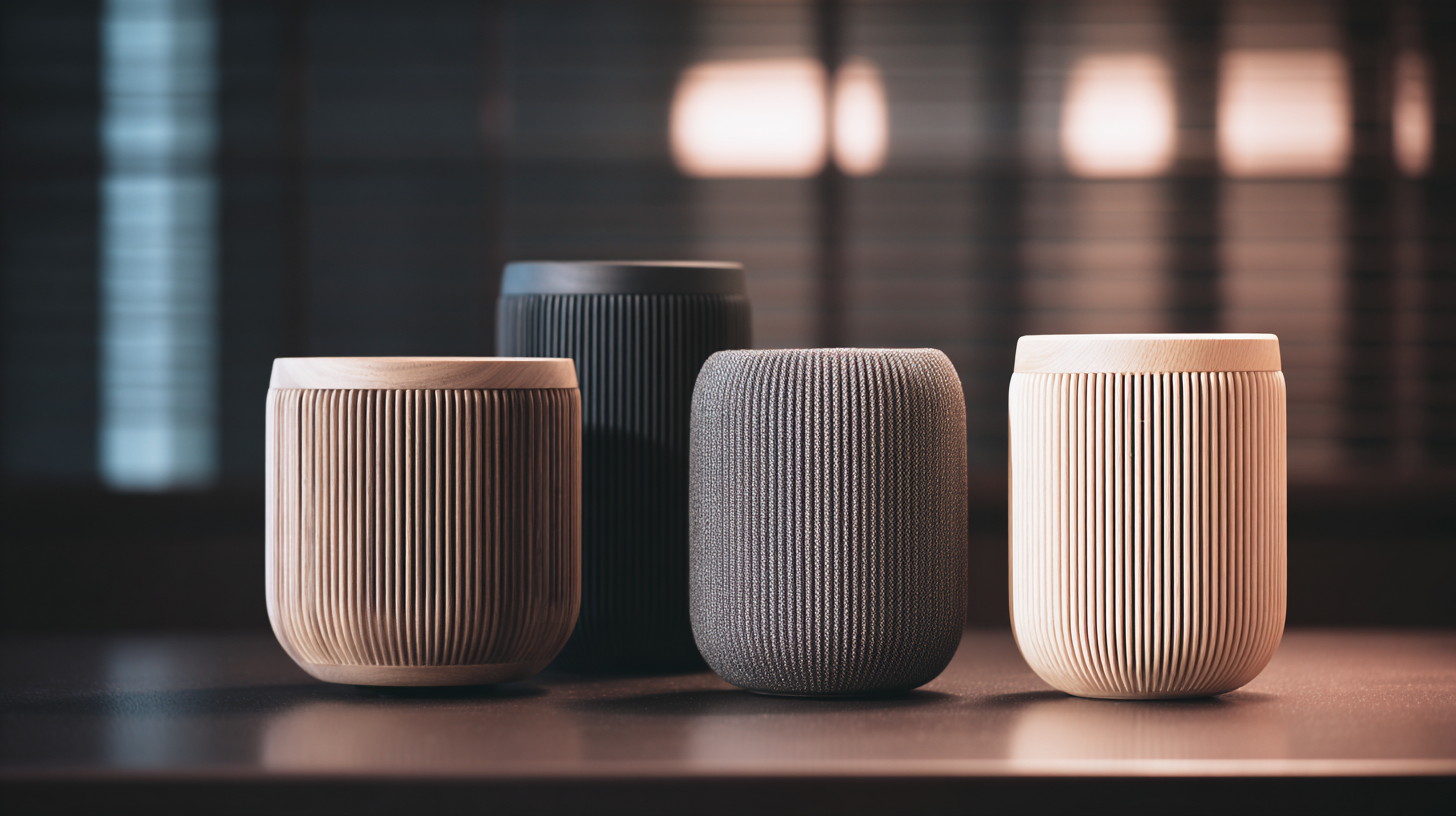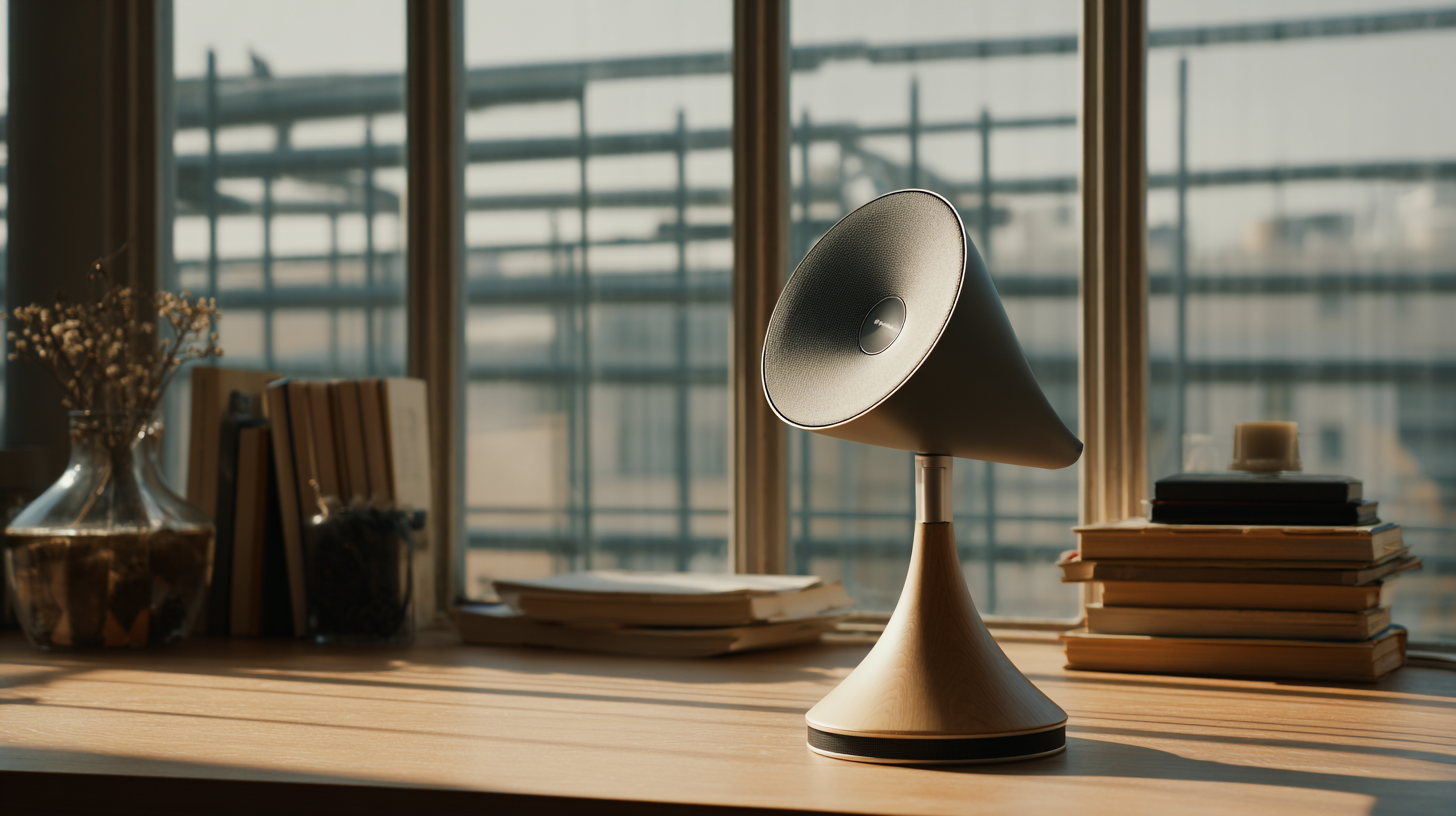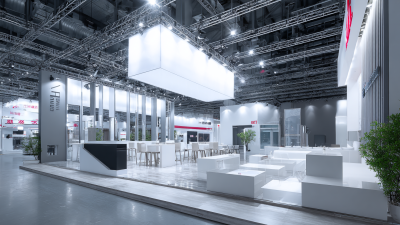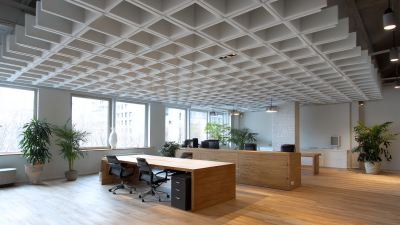Blog
The Power of Sound How Acoustic Products Enhance Our Daily Lives
In today's fast-paced world, the importance of a sound environment cannot be overstated. Research indicates that approximately 70% of employees believe that acoustic products significantly enhance their productivity and well-being at work. This highlights the essential role that acoustic solutions play in our daily lives, from improving office acoustics to enhancing home environments. As urbanization increases, the demand for effective noise control has surged, with the global acoustic products market expected to reach $12 billion by 2025. By incorporating acoustic products into various spaces, we can mitigate the adverse effects of noise pollution, thereby fostering better communication, focus, and relaxation. This article explores the transformative impact of acoustic products and provides practical insights on how to effectively integrate them into our surroundings for a better auditory experience.

The Impact of Sound on Human Well-Being: A Review of Recent Studies
Recent studies have increasingly highlighted the profound impact of sound on human well-being. Soundscapes, composed of natural and artificial sounds, significantly influence our emotional states, cognitive performance, and overall health. For instance, research has shown that exposure to natural sounds, such as birdsong or flowing water, can reduce stress and anxiety levels, leading to improved mental clarity and focus. In contrast, excessive noise from urban environments has been linked to various health issues, including hypertension and sleep disturbances, underscoring the importance of sound quality in our daily lives.

Furthermore, the rise of acoustic products designed to enhance sound experiences has transformed how we interact with our environments. From soundproofing materials to ambient sound machines, these innovations can create spaces that support relaxation and concentration. Studies reveal that curated sound environments, whether through music, nature sounds, or white noise, can significantly elevate mood and increase productivity. This growing awareness of sound’s role in human well-being prompts us to consider how we curate our auditory experiences, promoting healthier lifestyles and environments through intentional sound design.
Acoustic Branding: How Sound Shapes Consumer Perception and Behavior
Acoustic branding has emerged as a vital aspect of how brands communicate with consumers, influencing their perceptions and behaviors in significant ways. As sound becomes an integral part of the consumer experience, companies are leveraging audio content to evoke emotions, enhance brand identity, and create lasting impressions. The strategic use of sound, from background music to distinctive audio logos, helps to establish a unique brand atmosphere that resonates with consumers' regulatory focus and preferences.
The global open-ear headphones market is projected to grow significantly, highlighting the increasing consumer awareness and demand for quality audio experiences. As brands focus on tailoring their acoustic strategies, the interaction between instrumental timbre and consumer engagement becomes critical. Retailers are adopting audio strategies that not only complement their visual branding but also enhance in-store experiences. By carefully curating music and audio elements, they aim to create a holistic sensory environment that fosters deeper connections with customers and influences their purchasing decisions.

The Role of Sound in Workplace Productivity: Insights from Industry Research
Sound plays a critical role in shaping the atmosphere of our workplace, significantly influencing productivity levels. Industry research shows that acoustic environments affect concentration, creativity, and overall job satisfaction. Employees in quieter spaces tend to be more focused and engaged, while those in noisy settings often encounter distractions that hamper their performance. By investing in high-quality acoustic products, companies can create a harmonious environment that allows employees to thrive.
To enhance workplace productivity through sound management, consider implementing these tips: First, invest in acoustic panels or sound-absorbing furniture. These items can reduce background noise, making it easier for employees to concentrate on their tasks. Second, designate quiet zones within the office for tasks that require deep focus or brainstorming sessions. Lastly, encourage the use of headphones for personalized sound management, allowing team members to block out distractions while listening to music or white noise that boosts their productivity.
Creating a sound-friendly workplace not only improves productivity but also fosters a healthier work environment. By prioritizing acoustic quality, businesses can empower their workforce to perform at its best.
The Power of Sound: How Acoustic Products Enhance Our Daily Lives - The Role of Sound in Workplace Productivity
| Dimension | Impact on Productivity | Example Products | Research Insights |
|---|---|---|---|
| Background Noise Reduction | Increases focus by 25% | Acoustic Panels, Sound Masking Systems | Studies show reduced distractions lead to higher work completion rates. |
| Enhanced Communication | Improves collaboration by 30% | Noise-Cancelling Headphones, Conference Room Equipment | Clearer communication reduces misunderstandings and enhances team dynamics. |
| Soundscaping | Boosts creativity by 15% | Music Players, Ambient Sound Machines | Background sounds can stimulate different parts of the brain, enhancing creative output. |
| Employee Well-Being | Reduces stress levels by 40% | Relaxation Sound Machines, Nature Sound Apps | Pleasant sounds can create a calming environment, leading to happier employees. |
Exploring the Benefits of Acoustic Treatments in Home and Office Environments
In today's fast-paced world, acoustic treatments play a crucial role in creating comfortable and productive environments in both homes and offices. Proper sound management can significantly reduce noise pollution, enhance focus, and improve overall well-being. By incorporating acoustic panels, soundproofing materials, and other innovative solutions, individuals can effectively control the soundscape around them. This not only minimizes distractions but also fosters a more serene atmosphere conducive to creativity and relaxation.
Tips for Enhancing Acoustic Quality:
To improve sound quality in your home or office, consider adding soft furnishings such as rugs, curtains, and upholstered furniture. These items help absorb sound and reduce echoes, creating a more pleasant acoustic experience. Additionally, strategically placing acoustic panels on walls or ceilings can further enhance sound insulation while adding a touch of style to your space.
Another effective solution is to create designated quiet zones in open-plan offices or homes. By establishing areas specifically designed for concentration and relaxation, you can encourage productivity and reduce stress. Implementing these acoustic treatments not only enhances the acoustic environment but also elevates the overall quality of life.
Innovations in Acoustic Technology: Transforming Spaces for Better Hearing Experiences
Innovations in acoustic technology have dramatically transformed the way we experience sound in our daily lives. Recent reports reveal that over 70% of individuals report improved focus and productivity in environments designed with advanced acoustic products, such as sound-absorbing panels and intelligent noise-canceling systems. These innovations facilitate not only better hearing experiences in office spaces but also create tranquil home environments that foster relaxation. For instance, the implementation of acoustic treatments can reduce noise levels by up to 30%, making spaces more conducive for both work and leisure.
Moreover, the rise of personalized acoustic solutions, including smart speakers and adaptive sound systems, offers tailored auditory experiences that cater to individual preferences. A study by the Acoustical Society of America indicates that environments featuring personalized soundscapes significantly boost user satisfaction and well-being. With an increasing number of companies investing in acoustic technologies, the potential for creating spaces that enhance communication and reduce stress is on the rise, showcasing how sound plays a pivotal role in our everyday interactions and experiences.
Related Posts
-

Transform Your Space with Innovative Sound Reducing Panels for Ultimate Comfort
-

Exploring the Impact of Sound Absorption Panels on Industry Trends at the 138th Canton Fair 2025
-

Understanding the Science Behind Noise Reduction Panels and Their Impact on Acoustic Comfort
-

Transform Your Space: The Ultimate Guide to Effective Noise Reduction Panels
-

Transform Your Space: The Ultimate Benefits of Noise Reduction Panels for Home and Office
-

Enhancing Acoustic Quality: How Sound Treatment Panels Reduce Noise Levels by Up to 50%
